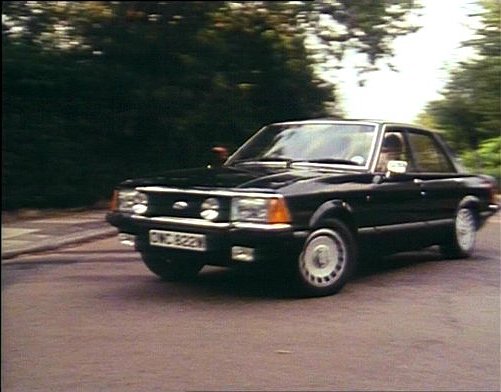Advertisement
If you have a new account but are having problems posting or verifying your account, please email us on hello@boards.ie for help. Thanks :)
Hello all! Please ensure that you are posting a new thread or question in the appropriate forum. The Feedback forum is overwhelmed with questions that are having to be moved elsewhere. If you need help to verify your account contact hello@boards.ie
Hi there,
There is an issue with role permissions that is being worked on at the moment.
If you are having trouble with access or permissions on regional forums please post here to get access: https://www.boards.ie/discussion/2058365403/you-do-not-have-permission-for-that#latest
There is an issue with role permissions that is being worked on at the moment.
If you are having trouble with access or permissions on regional forums please post here to get access: https://www.boards.ie/discussion/2058365403/you-do-not-have-permission-for-that#latest
Irelands Industrial History - Did we have one and where is it hiding ???
-
03-09-2011 6:47pm#1
Comments
-
-
-
-
-
-
Advertisement
-
-
-
-
-
-
Advertisement
-
-
-
-
-
-
-
-
-
-
-
Advertisement
-
-
-
-
-
-
-
-
-
-
Advertisement
-
-
-
-
-
-
-
Advertisement
-
-
-
-
-
-
Advertisement
-
-
-
-
-
-
-
-
-
-
-
Advertisement
Advertisement



 The best maps for that period are without doubt the First Edition Six Inch maps from Ordnance Survey. Between 1829 and 1841 the Ordnance Survey worked from North to South mapping the whole island at a scale of 6 inches to 1 mile (1:10,560 in metric terms). Ireland was the first country in the world to be completely and comprehensively mapped at such a detailed scale. While this was largely for land valuation and taxation reasons, they provide a wonderful snapshot in time of Ireland before the famine, when the population was at its highest, and are a credit to the skills of the surveyors and cartographers of the time.
The best maps for that period are without doubt the First Edition Six Inch maps from Ordnance Survey. Between 1829 and 1841 the Ordnance Survey worked from North to South mapping the whole island at a scale of 6 inches to 1 mile (1:10,560 in metric terms). Ireland was the first country in the world to be completely and comprehensively mapped at such a detailed scale. While this was largely for land valuation and taxation reasons, they provide a wonderful snapshot in time of Ireland before the famine, when the population was at its highest, and are a credit to the skills of the surveyors and cartographers of the time.






